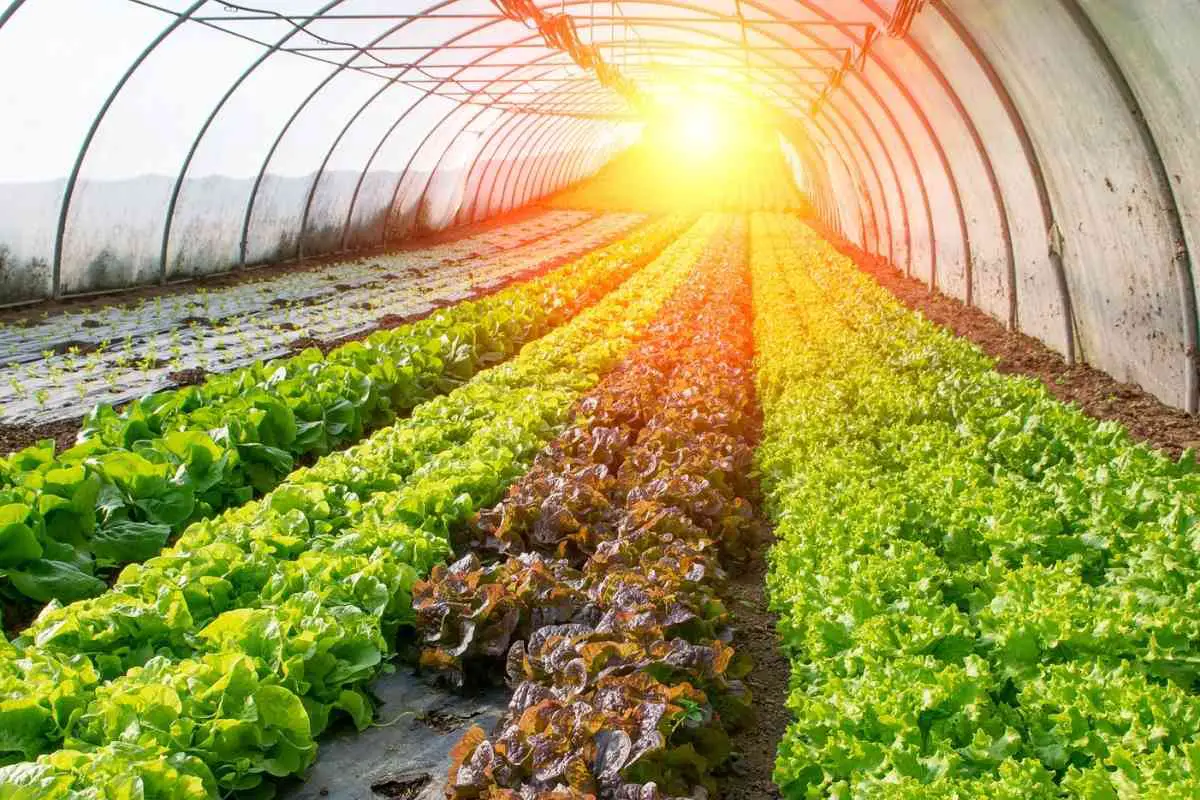Growing food all year round can be challenging, especially for those living in regions that experience extremely low temperatures in winter.
A greenhouse is an effective way of ensuring the crops survive the winter period. However, greenhouses need to be heated to eliminate frost in the structure.
Irrespective of the type of greenhouse you have erected, whether plastic or glass, you need to consider heating if you live in cold regions.
What to Expect? While there are many ways of heating a greenhouse, using insulation, compost, electrical heating, thermal mass energy, and solar are the commonly used methods.
The method you choose depends mainly on cost, energy availability, and greenhouse size. If you are a small-scale gardener, select an affordable and easy-to-implement plan.
How To Heat Greenhouse In Winter
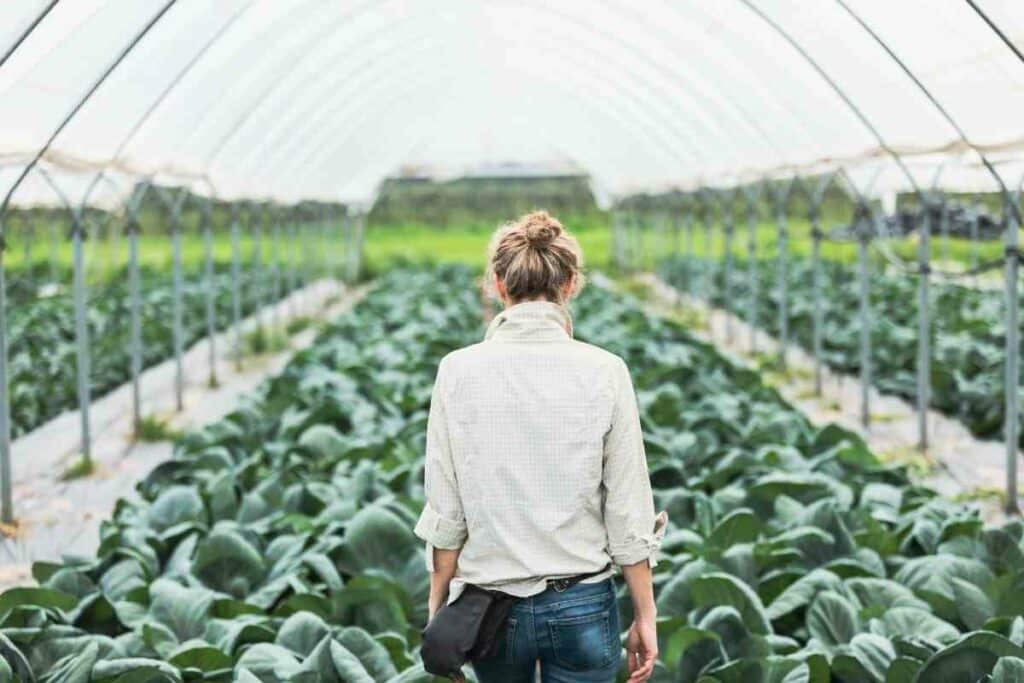
Even though the weather can be predictable throughout the year based on the seasons, sometimes unexpected extreme precipitations, wind, or snow can occur.
Using a greenhouse to grow crops makes managing these harsh environmental conditions easier.
You can incorporate a heating system in your greenhouse, such as a solar heater, to adjust the temperatures and humidity levels.
There are many other ways to heat your winter greenhouse; some are cheap or, in some cases, free. The most crucial procedure in maintaining heat in a greenhouse is properly insulating it.
Insulation creates a layer or a bubble that ensures heat is stored within the greenhouse.
There are bubble wraps available in the market and are perfect for insulation. You can also use any bubble wrap available in your compound so long as it is in good condition.
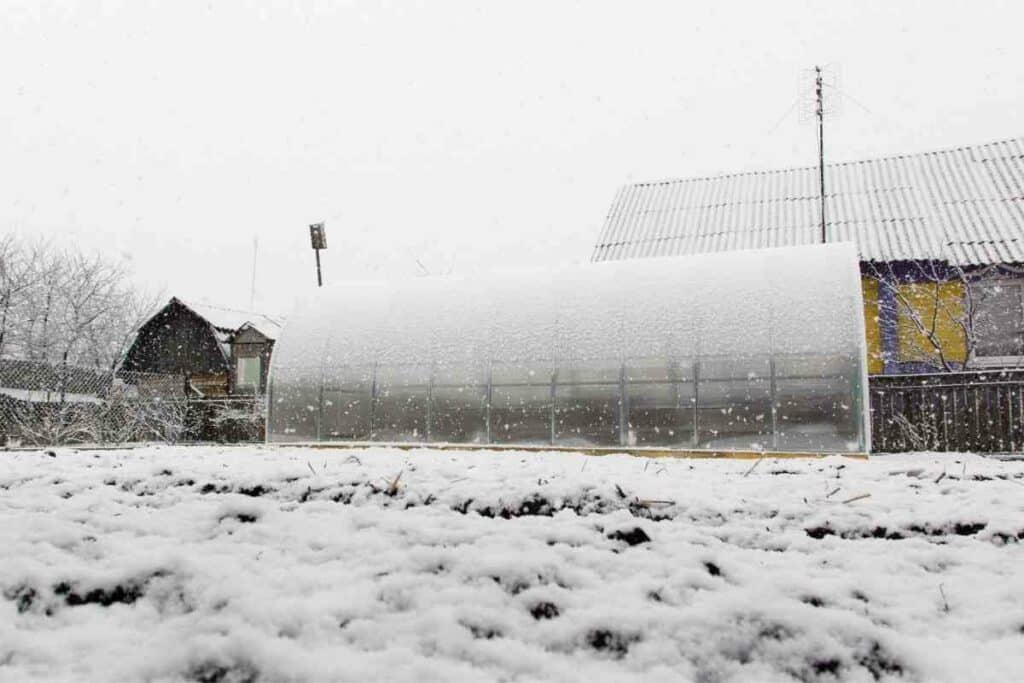
After placing the bubble wrap in your greenhouse, you can employ other means to provide heat.
For Example – You can add compost, which improves the soil’s quality and introduces heat. Some people also use a thermal mass to absorb and retain heat from the sun.
Different Methods Of Heating A Greenhouse
There are numerous ways of heating your greenhouse.
Some of these methods are cheap to implement, while others require massive capital.
1. Using The Sun’s Heat
Solar energy is probably the most available and inexpensive way of heating your greenhouse.
It comes freely and, if harnessed, can be very useful for your crops in cold seasons.
The sun possesses electromagnetic radiation that penetrates through the walls of your greenhouse.
The greenhouse operates by creating a micro-environment within its walls that is different from that outside.
The greenhouse walls are made from glass or plastic, allowing the sun’s rays to penetrate.
The electromagnetic rays from the sun heat the air causing the interior air to become warm. The walls and roof of the greenhouse prevent the hot air from escaping, thus keeping the interiors warm.
However, this method applies to regions that have a mild winter.
If you live in northern areas where temperatures fall below freezing, you must incorporate an artificial heater. Also, you can use compost material and thermal mass as described below.
2. Using Compost Material
Compost materials offer a cheap and easy way to heat your greenhouse.
This type of heating is sometimes referred to as a hotbed.
Basically, a hotbed is a raised ground composed of decomposing manure and straw or any other organic matter available. It is covered with a thin layer of soil.
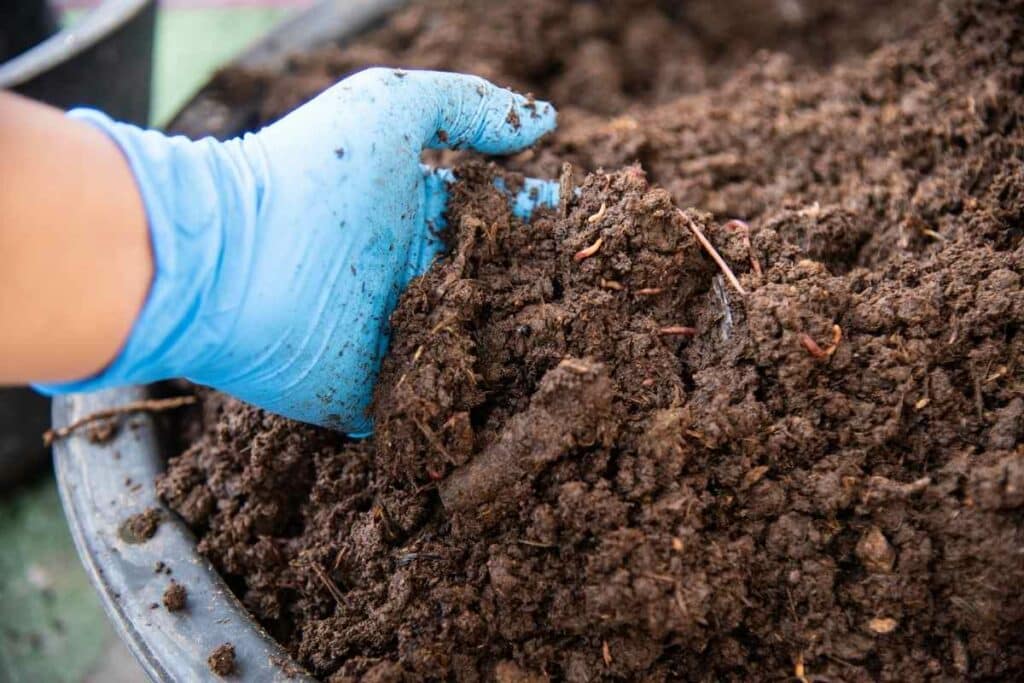
When the materials in the bed break down, they release energy in the form of heat. The heat provided is natural and gentle to the plants.
Although the heat cannot be regulated easily, this method offers a cheaper alternative to greenhouse heating.
Additionally – You can easily make compost using any decomposing organic material or manure. Instead of throwing away your vegetable waste, please put it in a place where it can decompose.
Animal dung also provides good material for the compost. In any case, if it is not available, you can purchase it from a local dealer.
3. Using Thermal Mass
Thermal mass involves retaining or preserving existing heat in your winter greenhouse.
The heat can be from the sun or any other source, for instance, a heater.
To achieve this, you need to put objects with a high capacity to absorb heat. Those materials will retain and release heat gradually when temperatures get low.
Note that thermal mass objects do not create heat; they simply retain and emit when temperatures drop. Therefore, use materials with a high capacity of heat retention to store as much heat as possible.
Some of these materials include dark soil, concrete blocks, black buckets with water, and dark ceramic pots.
Put these materials and objects where there is direct sunlight. Whatever material you choose, ensure it is dark- dark colors absorb heat faster.
4. Electric Heaters
The electric heater is used mainly in small greenhouses.
These heaters are an effective and efficient means of warming your greenhouse.
Moreover, they are cheap and easy to install –you just need the manual for setup. Also, it is safe to use since it has a turn-off relay system.
The advantage of using electric heaters in your greenhouse is that they come fitted with an automatic timer or a thermostat.
These devices control the heater by turning it on and off depending on the set temperature parameters.
For instance, to prevent frosting, the threshold control temperature for the heater can be set at 50 degrees F.
The heater is turned on automatically when the temperatures fall below the threshold.
Likewise – The heater turns off when the required temperatures are maintained. Essentially, this method is very efficient and cost-effective for homeowners of small greenhouses.
5. Solar Electricity Heating
The world is drastically shifting to using renewable ways of conserving energy.
Solar power is among the leading alternative energy source for homeowners.
Currently, gardeners are using solar-powered heaters to provide warmth for their crops during the cold seasons.
The solar panels are erected on top of the greenhouses, and the electrical energy is conveyed via an electrical system to the interior of the greenhouse.
You can use electric heaters or high heat emitting bulbs to warm your plants when it is cold. Also, this solar energy can be used to power water heaters embedded in the beds of the greenhouse.
While solar heating has a higher initial cost, the system can give you excellent service of more than 20 years.
It is also eco-friendly and can even be used to power your home, depending on its capacity. Overall, it is a good investment and has real value for your money.
6. Hydronic Heating
Hydronic heating involves a system that provides heat using a network of hot water pipes.
It is a traditional method but has evolved to incorporate new technology.
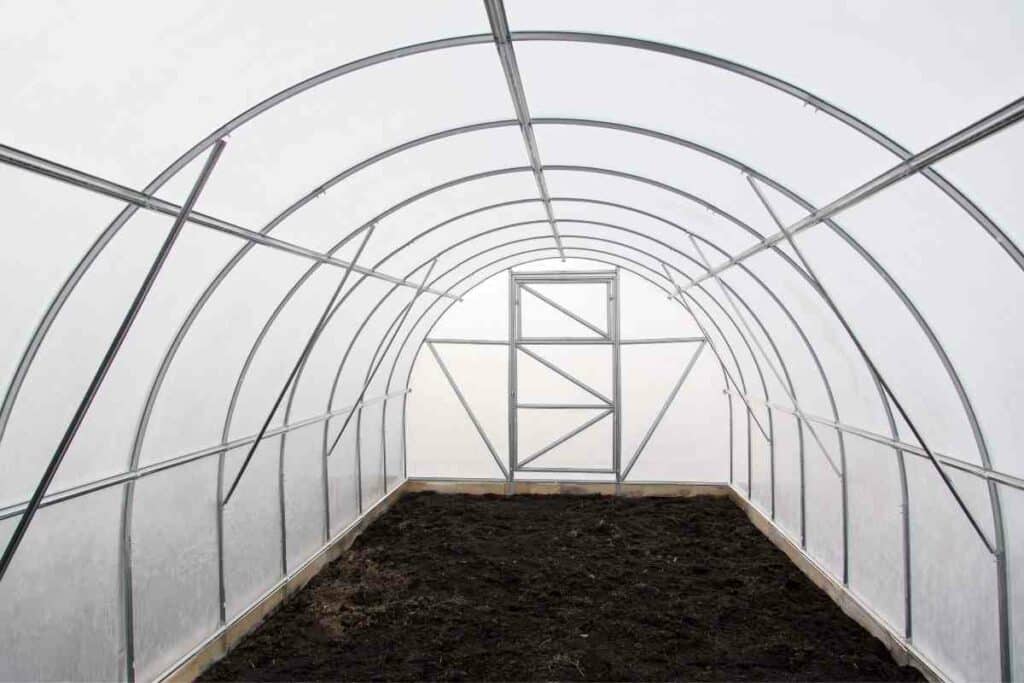
Traditionally, the water was heated by wood or coal boilers. Currently, you can incorporate a solar system to serve the same function.
For This System – You need to install solar water panels. These are not the same as those for electricity generation. They are hydronic structures that allow water inside to be heated by the sun.
The water is then relayed to the greenhouse beds using a network of pipes.
If the sun is insufficient, the water can be connected to a boiler to increase its temperatures. However, for a small greenhouse, a boiler is not often required.
How Warm Should A Greenhouse Be During Winter?
Ideally, temperatures in the greenhouse should not go below 37 degrees F.
Some plants will die if exposed to temperatures below 37 degrees F.
Therefore, aim to achieve a minimum of 45 degrees F during winter. If you have a proper and efficient heating mechanism, set your heater at 50 degrees F.
Also, remember that plants do not cope well in environments above 90 degrees F.
Therefore, check your thermometer regularly if you do not have an automatic cooling system. Else, open your greenhouse windows for proper ventilation.
Frequently Asked Questions
Is heating the greenhouse necessary during winter?
If you live in the northern parts of the country and need a fresh supply of vegetables and herbs, heating your greenhouse is vital.
Some of the most common solutions used include:
- Try making a compost pit to increase heat in your greenhouse
- Thermal mass is another cost-effective method that can increase the heat in your greenhouse
- You can buy a small electric heater if you are on a budget
However, the sun can provide the required heat for those in the South.
Is ventilation necessary during winter?
Yes, the interior can get damp and damage your crops without ventilation.
Can I plant year-long crops in my greenhouse?
Yes, you can. The greenhouse provides ideal temperatures for growth. A greenhouse is not designed to improve heating only in winters.
It can also help optimally regulate the temperatures in summer and spring to ensure your crops thrive.

Final Thoughts
Our weather is hugely affected by the seasons.
Essentially, these drastic environmental changes can affect crops’ production. In cold seasons, our crops are damaged by the frost, and they can hardly produce.
However, a greenhouse can help you grow crops throughout the year. The greenhouse helps retain the heat from the sun and uses it when the temperatures drop.
If you live in areas that experience very low temperatures during winter, heating your greenhouse is vital.
As mentioned in this above, there are many options you can go for. However, your budget and the size of the greenhouse should be the primary factors to consider.
